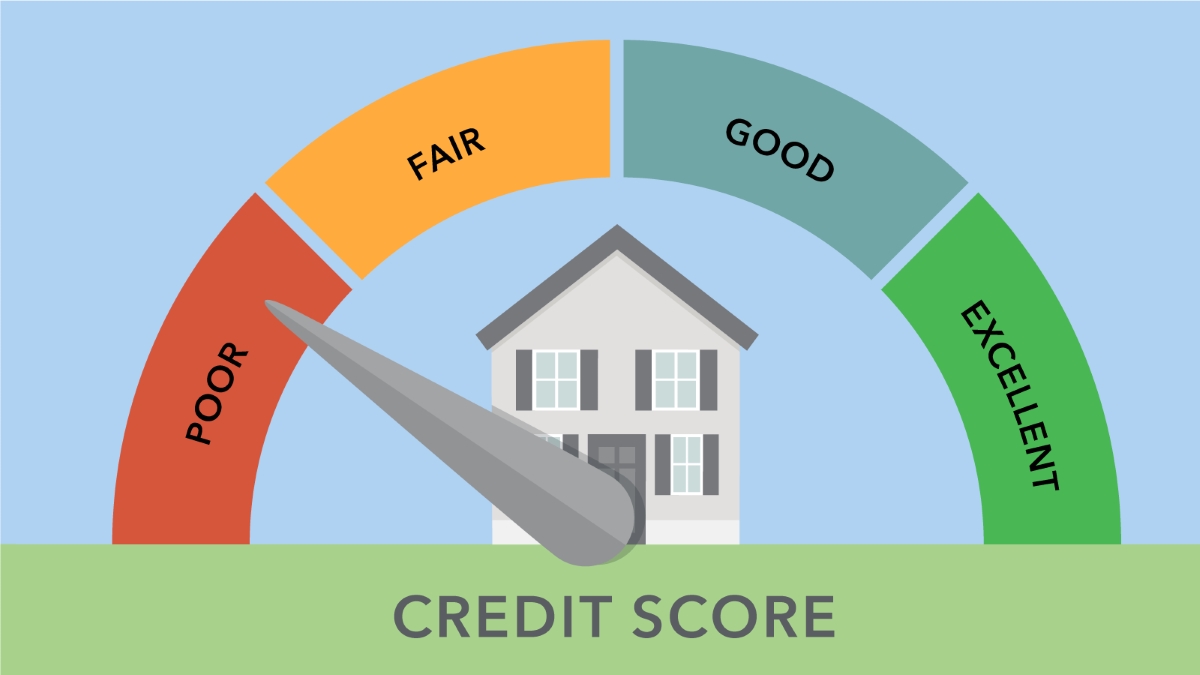Home>Finance>Short Put: Definition, How It Works, Risks, And Example


Finance
Short Put: Definition, How It Works, Risks, And Example
Published: January 28, 2024
Learn about short puts in finance, including the definition, how they work, associated risks, and an example. Discover how this strategy can impact your investment portfolio.
(Many of the links in this article redirect to a specific reviewed product. Your purchase of these products through affiliate links helps to generate commission for LiveWell, at no extra cost. Learn more)
Unlocking the Potential of Short Put: The Complete Guide
Have you ever heard about short puts and wondered how they work in the world of finance? Are you interested in exploring an investment strategy that potentially offers both income generation and capital appreciation? Well, look no further. In this article, we will dive deep into the world of short puts, discussing their definition, how they work, the risks involved, and provide a practical example to help you understand this investment option better.
Key Takeaways:
- Short puts involve selling a put option with the expectation that the price of the underlying asset will not fall significantly, allowing the option to expire worthless.
- This strategy can generate income through the premiums received from selling the put option.
What is a Short Put?
A short put is an options trading strategy where an investor sells a put option with the expectation that the price of the underlying asset will either remain stable or increase. By selling the put option, the investor assumes the obligation to buy the asset at a predetermined price (known as the strike price) if the option buyer exercises their right to sell. In return, the investor receives a premium for selling the put option.
Short puts are commonly used by investors who are bullish on a particular asset and believe that its price will either stay the same or rise over time. This strategy allows them to generate income through the premium received from selling the put option, while potentially gaining the opportunity to acquire the asset at a lower price if the option is exercised.
How Does a Short Put Work?
When an investor sells a put option, they receive a premium upfront. The maximum profit potential for a short put strategy is limited to the premium received, while the potential losses can be substantial. If the price of the underlying asset falls below the strike price, the investor may be obligated to buy the asset at a higher price than its market value.
However, if the price of the underlying asset remains above the strike price until the option expires, the short put strategy is considered successful. The investor keeps the premium received and does not have to buy the asset.
Risks Involved in Short Put
While short puts can be an attractive investment strategy, it’s important to understand the associated risks:
- Market Risk: If the price of the underlying asset falls significantly, the investor may be obligated to buy the asset at a higher price than its market value, resulting in potential losses.
- Assignment Risk: The investor may be assigned the obligation to buy the asset if the option buyer exercises their right to sell, which can happen at any time until the option expires.
- Potential Opportunity Cost: If the price of the underlying asset rises significantly, the investor may miss out on potential capital appreciation.
Example of a Short Put Strategy
Let’s say an investor believes that Company XYZ’s stock, currently trading at $50 per share, will either maintain its value or increase over the next few months. They decide to implement a short put strategy by selling a put option with a strike price of $45 for a premium of $2.
If the stock price remains above $45 until the option expires, the investor retains the $2 premium received for selling the put option. However, if the stock price falls below $45 and the option buyer exercises their right to sell, the investor will be obligated to buy the stock at $45, even if its market value is lower.
By analyzing the potential profit and loss scenarios, an investor can determine whether a short put strategy aligns with their investment objectives and risk tolerance.
Remember, options trading involves complex strategies and carries inherent risks. It is important to conduct thorough research, understand the terms and conditions of each trade, and consult with a financial advisor before embarking on any investment strategy.
In Conclusion
Short put options can be an exciting investment opportunity for those who understand the risks involved and are willing to accept the potential outcomes. By employing this strategy, investors have the potential to generate income through premiums received from selling put options, while capitalizing on their bullish views on specific assets. However, it is crucial to thoroughly analyze the risks, educate oneself, and seek professional guidance before engaging in options trading.
Remember, knowledge is power in the world of finance. Stay informed, be prudent, and make the most of the investment options available to you.














